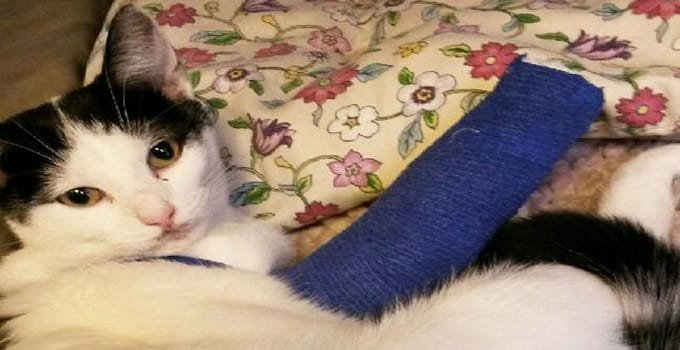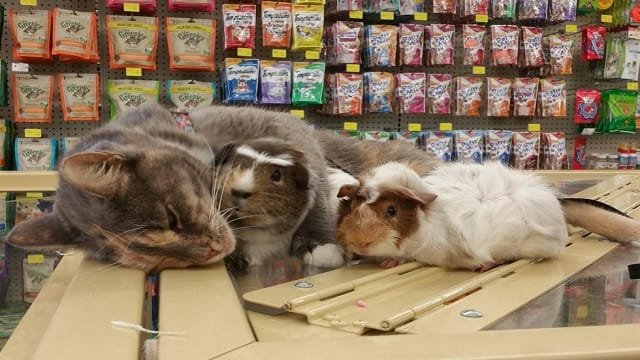Last week marked a historic moment for wildlife conservation in the United Kingdom. A pioneering effort saw young, captive-bred wildcats released into the Scottish Highlands. Orchestrated by the Saving Wildcats initiative, this groundbreaking event has captured the attention of both experts and animal lovers.
The Urgency of the Situation
Led by the Royal Zoological Society of Scotland and partnered with various conservation and governmental bodies, the Saving Wildcats project aims to save a species in dire straits. According to Dr. Helen Senn, the project’s lead, these releases are “critically important” as the species faces the risk of extinction. Sometimes called Highland tigers, wildcat numbers are dwindling fast. Recent studies have shown devastatingly low numbers, leaving many to question the viability of the wildcat population in Scotland.
Overcoming Challenges
The wildcats are not merely struggling due to human activities. One pressing issue is that these wild felines have been interbreeding with domestic cats, leading to a dilution of the species. Therefore, choosing the Cairngorms Connect, a remote 232-square-mile conservation area within Cairngorms National Park, as the release site was a strategic decision. The area has long been a stronghold for the wildcats, and the feral cat population there is low, minimizing the risk of hybridization.
Future Plans and Hopes
The wildcats were reared in near-isolation from humans to ensure they stay as wild as possible. These felines are also fitted with GPS collars, helping researchers monitor their activities. The Saving Wildcats project plans to release about 20 kittens annually for the next few years. Dr. Senn’s aspiration is not just for the wildcat populations to survive but to see them thriving across vast regions of the Scottish wilderness.
In summary, the release of these captive-bred wildcats is a hopeful step towards restoring a vital predator to Scotland’s ecosystems. As Dr. Senn pointed out, the presence of a healthy wildcat population could be a catalyst for a more balanced and diverse ecosystem, benefiting various other species as well. Most importantly, this effort showcases what can be achieved when multiple organizations join forces for a cause as urgent as this.











